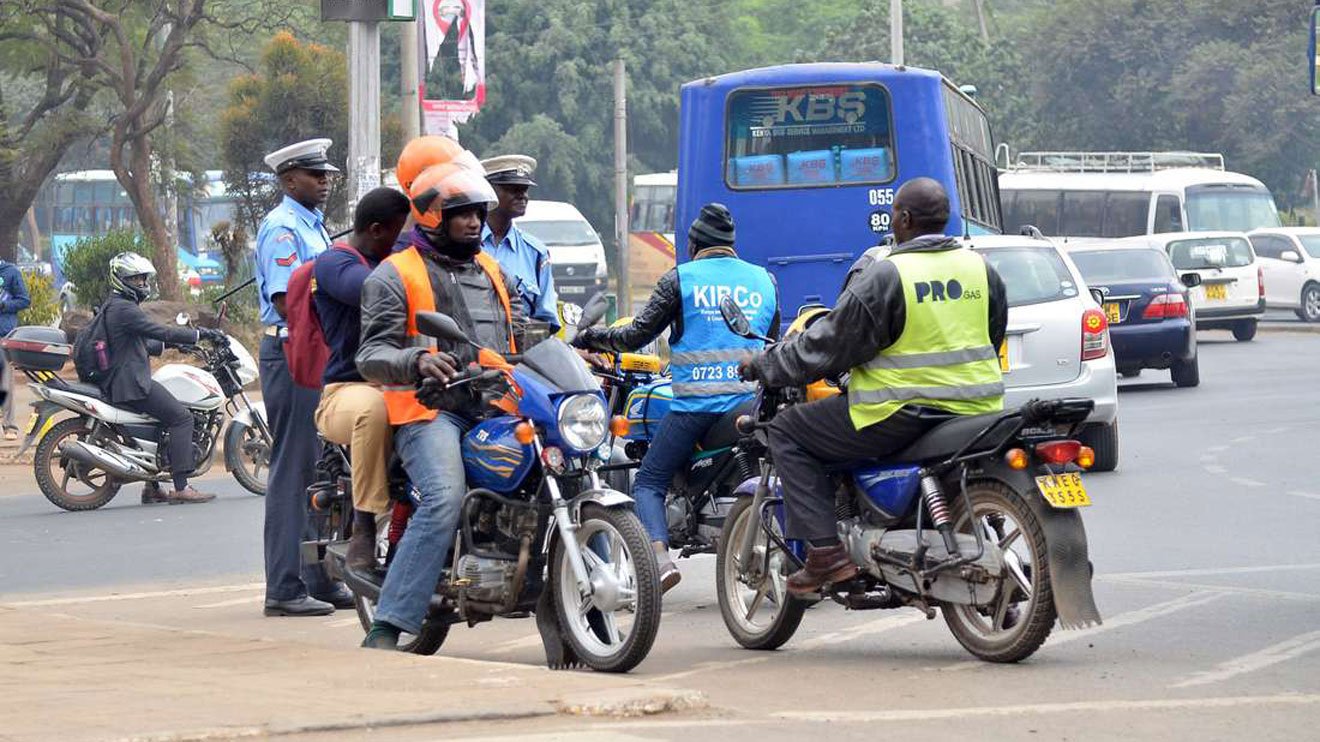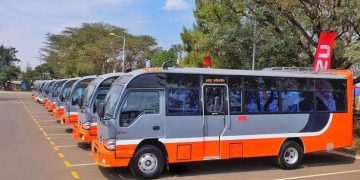According to a recent government survey, 14 counties, led by Kisii, are luring the most women for marriage, suggesting that the area may have the best suitors.
According to the 2022 Kenya Demographic and Health Survey (2022-KDHS), which was published this week, more than 50% of the women interviewed in the 14 counties said they had moved there because of marriage.
The results of a study conducted between September 17 and July 13, 2022, show the percentage distribution of women between the ages of 15 and 49 who migrated to their current location in order to get married.
Employment, education, training, family reunification, forced relocation, and other factors are also motivations for migration.
Over 63% of the women who are currently living in Kisii County traveled there to get married, which attracted the most people who listed marriage formation as the reason for their relocation.
According to the KDHS report, the majority of women also favored Kericho (62.1%), Bomet (60.3%), Migori (60.1%), and Siaya (59.5%) counties for marriage.
The report also shows that Nyamira (59 per cent), Tharaka Nithi (58.8 per cent), Kakamega (57.5 per cent), Busia (57.4 per cent) and Kitui (56.8 per cent) are among the top 10 preferred destinations for marriage by women.
Other women also preferred Baringo (54.7 per cent), Kwale (54.2 per cent), Makueni (52.7 per cent) and Kilifi (50.2 per cent) for marriage formation. Further, nearly half of the women preferred Meru (49.5 per cent) and Kisumu (49.2 per cent) for marriage.
However, according to the KDHS report, close to none of the women in Marsabit County migrated for marriage purposes, with less than 25 women in the whole county saying they had moved to the ASAL county for marriage. (The figure is based on fewer than 25 unweighted cases and has been suppressed.)
Kajiado County also attracted the least women for marriage purposes (9.9 per cent). More than half (50.5 per cent) of the women currently living there went there for employment reasons.
Likewise, in Nairobi and Mombasa counties, only a paltry 10.8 per cent and 16.3 per of the women (respectively) moved for marriage formation –they mostly moved for employment (Nairobi 53.1 per cent and Mombasa 50.3 per cent) according to the survey.
In the collection of data, respondents who were visitors in the households whose members were interviewed were excluded.
The survey also found that nearly half of the women between the ages of 45 and 49 mostly migrated to their current residences for marriage formation than for any other reason.
Similarly, in the last 10 years, nearly half of the women in their current places of residence moved to marry their spouses.
Standing at 52.3 per cent, more than half of the women in the rural areas migrated to get married while only 15.4 per cent of them moved to urban areas for the same reasons.
Further, more and more women in their current places of residence moved to get married.
The respondents who stated that they were born outside of Kenya and have always lived in their current place of residence were not asked about their reason for migration.
The sample of respondents was drawn from a pool of both men and women aged between 15 and 49.
While ordinarily men hardly ever change places of residence for purposes of formation of marriage, 2.4 per cent of the men in Nandi County moved there for marriage.
Interestingly, between the ages of 30 and 34, men are likely to move places for marriage formation, with the KDHS report indicating that this age group led the pack, at one per cent, of those who changed residences for formation of marriage.
By county distribution, Nyandarua (1.6), Murang’a (1.3), and Homa Bay (1.3) recorded the highest distribution of men who have moved to their current place of residence for marriage formation. Only 0.4 per cent of the men currently living in rural areas changed residences for marriage, the report showed.
For the women who cited employment as the reason for migrating, majority (55.8 percent) were found in Tana River, followed by Nairobi (53.1 percent), Kajiado (50.5 percent) and (Mombasa (50.3 percent).
Most men – over 70 per cent from ages 30 to 49 – cited the search for a job as the reason for migration. Kericho (87.7 percent), Garissa (86.9 percent), Baringo (85.6 percent), West Pokot (84.3 percent) and Tana River (80.5 percent) are the counties men had migrated in droves for employment.
On current marital status, more women (55 per cent) than men (46 per cent) aged between 15 and 49 reported they were either married or living together, according to the report.
Similarly, the divorced, separated or widowed were majorly women (12 per cent) than men (six per cent).
But more men (48 per cent) than women (33 per cent) in the same age bracket reported they were never married.
On early marriages, more women (13 per cent) aged 20-24 reported they had their first union by age 18, far more than men (two per cent).









































